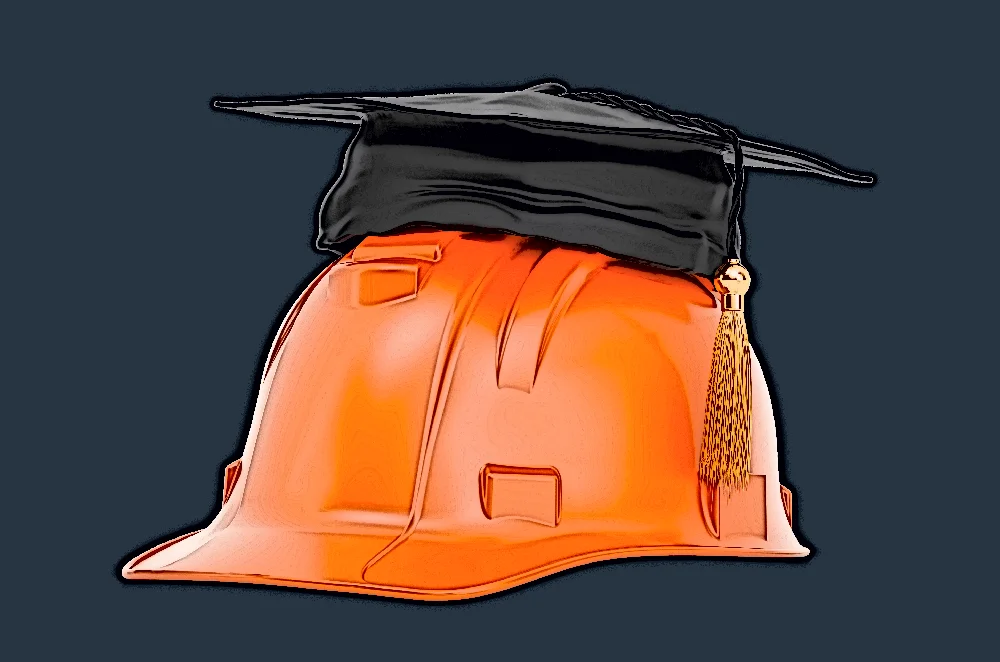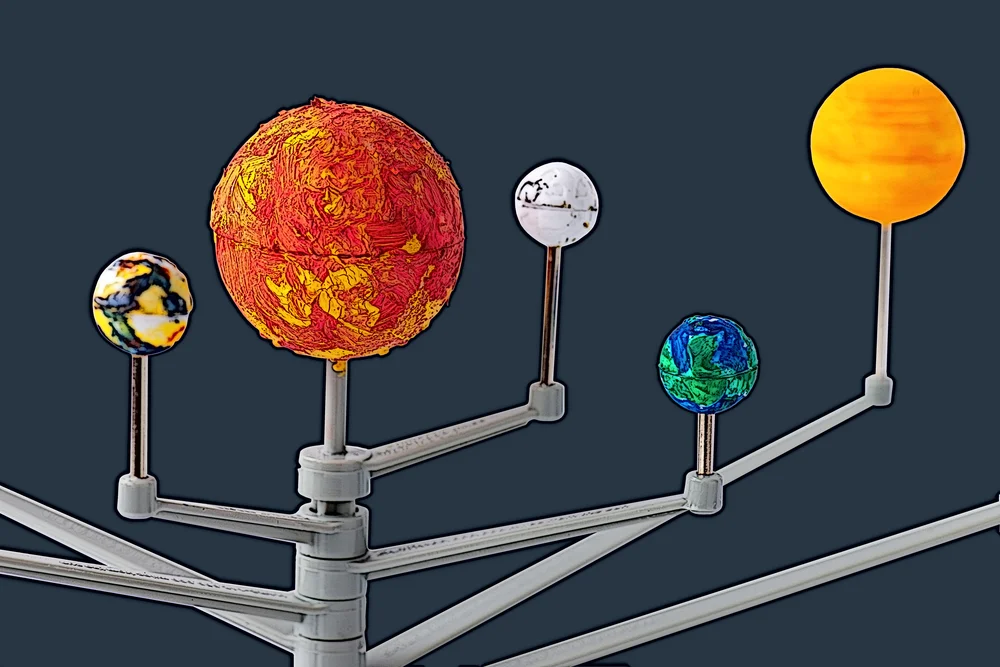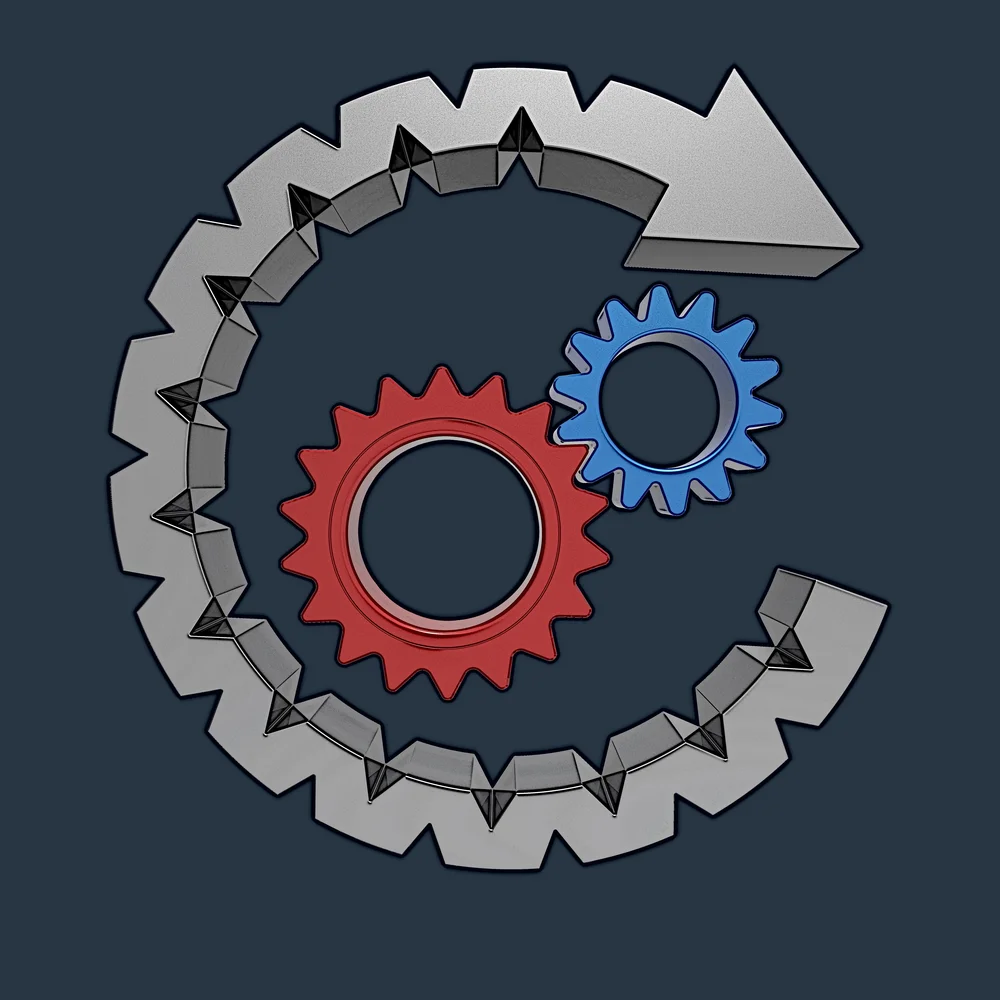Computer models and simulations – the backstory



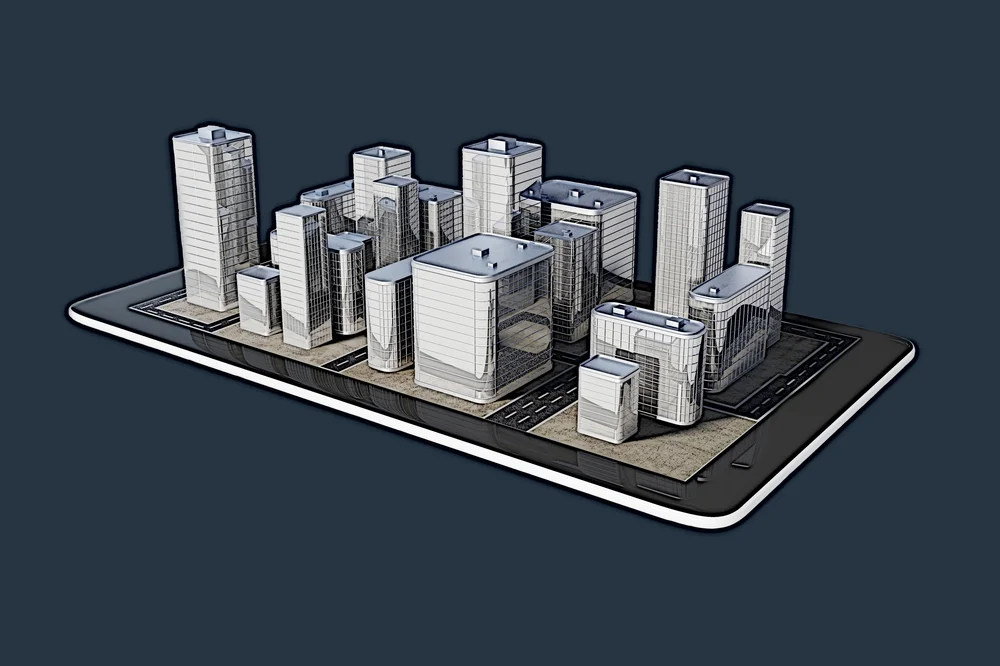
Consummate coverage of models and simulations won’t happen in a blog post. It’s unlikely to happen anywhere, in fact, because the story requires more than one human lifetime to write. The saga begins even before human history – in prehistoric Stone Age sculptures (models) of fertile women and toothsome bison. Models have endured ever since, evolving to satisfy the ever-higher levels of Maslow’s pyramid. Today, scale models of Mars colonies demonstrate our highest need for self-actualization to the near future.
So, let’s limit this backstory to recent history and personal experiences.
Physical models
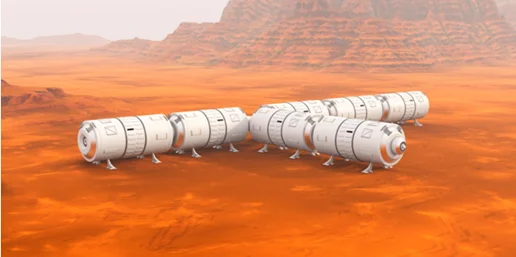
Whenever the likeness or copy of an object is fabricated, the outcome is a model. Models can be larger or smaller than the original. They can provide fine detail or very little. They can even represent distant points in time. The benefits of models make them ubiquitous.
Physical models offer “once-removed-from-reality” benefits. They are unbounded by the reality that dinosaurs no longer exist, and cyborgs have yet to arrive (outside of beloved comic book and movie franchises). They provide experiences at lower cost and risk levels than interacting with the originals.
Playing with models is part of every childhood. From a baby’s first wooden blocks to a LEGO® Millennium Falcon™, models overrun parents’ homes. Because they successfully combine joyful exploration and rich learning, schools and museums are also packed full of models: life-size human skeletons, life-like dinosaurs, small-scale Egyptian barges, Civil War battle dioramas, etc. Many children grow into model-loving adults. You’ll find them hunkered down over everything from Norman catapult kits to miniature greenhouses.
Physical models also have a successful history of supporting business and science. The advantages of crash test dummies are self-evident. But despite their value, physical models have disadvantages and limitations. Because they are often simplified versions of reality, they may not perform exactly as the original would; they have difficulty representing highly complex systems. In such cases, we turn to mathematical models.
From physical to mathematical models

Mathematical models use mathematical language and concepts to describe aspects of the physical world. Equations are the simplest and most common mathematical model. From grammar school, we remember how to model an area: area = length X width. Combine equations and add dimensions; pretty soon, you’ll see far more than a physical model could offer. You’ll know the encoding and decoding of reality – brought to you by the speed and accuracy of computers.
Mathematical models are often used in the natural sciences (think physics and biology) and engineering (think electrical and atomic).
Experts find many ways to describe mathematical models. Here’s a straightforward way to categorize them:
- Dynamic – Capture essential features and leave out the unimportant. These models describe how model characteristics change over time. For example, Rea, et al., (1974) describe the Pine Flat Dam near Fresno, California, in terms of the formulation of a three-dimensional mathematical model of the dam and a two-dimensional mathematical model of one of the taller monoliths. These mathematical models are significant in relationship to the behavior of concrete gravity dams during earthquakes.
- Statistical – Use one or more statistical assumptions to predict the probability of an event. A study by De Gelder, et al., (2004) highlighted the combined use of experimental data, mathematical models, and statistical methods to better understand and predict the dynamics of evolving bacterial populations, specifically the possible consequences of discontinuing the use of antibiotics.
- Differential – Use differential equations to focus on the dynamic aspects of systems. Makroglou, et al., (2006) presented an overview of some of the mathematical models appearing in the literature used in the glucose-insulin regulatory system in relation to diabetes in the form of ordinary differential, partial differential, delay differential, and integro-differential equations.
- Game-Theoretic – Based on a theoretical framework (expressed mathematically) that describes the competition between two or more rational “players.” Yadati and Narayanam (2011, March) provide a tutorial on the conceptual underpinnings of the use of game-theoretic models in social network analysis, since existing methods and techniques for social network analysis are inadequate to capture both the behavior (such as rationality and intelligence) of individuals and the strategic interactions that occur among these individuals.
Mathematical models can offer many advantages over physical models. They can be easily manipulated. Their descriptions can be faster, safer, and cheaper than physical models.
Their drawbacks? Mathematical models are simplified approximations of real systems. A model creator who doesn’t intimately understand a system will likely create a weak (e.g., inaccurate output) model. Inaccuracy can result from missing parameters, oversimplification, incorrect assumptions (such as statistical distributions), and more.
But even the most accurate mathematical models can have limited practical value. If a system is simple enough to have analytical solutions and closed-form expressions, it’s probably of no practical interest or value. But as the complexity of systems increases, mathematical models can become unsolvable with existing methods. A more robust approach is needed for real-world systems, which have real-world complexity.
From mathematical models to simulations
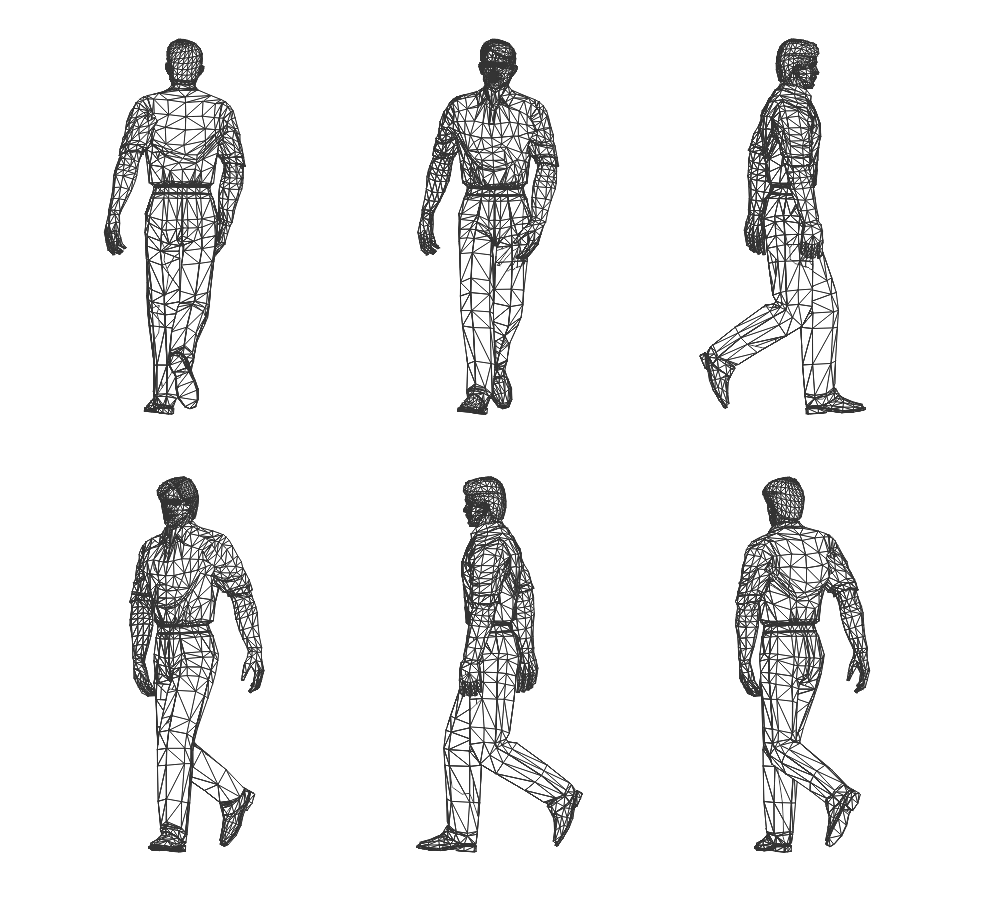
Academics debate the relationship between models and simulations. That’s an esoteric discussion I’ll happily ignore. For these blogs, we’ll accept the common viewpoint that simulations are an advancement of models.
Let’s look at it this way:
- First, we build a model(s).
- Then we simulate with the model(s).
Computers can adjust a model’s inputs and save outputs at lightning speed compared to humans. Simulations can also combine and manipulate models. Complex simulations mimic reality in a way that models can’t. It’s the difference between a spreadsheet and a flight simulator.
Similar to models, we find a variety of ways to categorize simulations. Here’s one way:
- Equation-based – Commonly used in physical sciences. They use global equations that describe physical theories. “Players” in the model, all other things being equal, demonstrate the same behavior.
Wurtz, et al., (2006) described a fast simulation tool that integrates satisfactory models to quickly assess the indoor environment quality associated with innovative heating, ventilating, and air-conditioning systems for energy saver buildings. The tools implement a simulation method referred to as the zonal method, an intermediate method between single-node models and computational fluid dynamics models.
- Agent-based – Commonly used in social and behavioral sciences, epidemiology, and ecology. In these simulations, players are not governed by global rules. Each player possesses qualities that determine their behavior.
The Boids simulation reported by Macal and North (2009, December) is an excellent example of how interacting agents, characterized by simple behavioral rules, lead to emergent and seemingly organized behavior. Agent behavior is reminiscent of schooling or flocking behavior in fish or birds. Three observations can be made about the Boids Model: (1) the rules are simple, and (2) the rules use only local information, and (3) repeated experiments demonstrate that the patterns that develop such as group formation and clustering can be extremely sensitive to the initial conditions - in this case, the initial random positions and orientations of the boids.
- Multi-scale Simulations – Useful in physics and chemistry, and beyond the scope of this blog. But if you must, think about these simulations as running hierarchical models.
Sugiura et al., (2012) describe and simulate the essential components for multi-scale, multi-physics heart modeling. In cardiac functioning, modeling must cover such diverse phenomena as solid mechanics, fluid dynamics, electricity, and biochemistry. A multi-scale model is a composite model for a phenomenon under consideration incorporating two or more sub-models. Each of these sub-models, in turn, describes a single scale relevant to the phenomenon.
- Monte Carlo – Randomness. We’re drifting into esoteric science again here.
In Taheri and Beitollahi (2015), a Monte Carlo simulation (MCS) approach was proposed and examined to evaluate the soil amplification function at each soil profile location or borehole. This simulation was applied to the design of earthquake-resistant buildings and structures to explore the accelerations of strong ground motions and their uncertainties.
Next steps
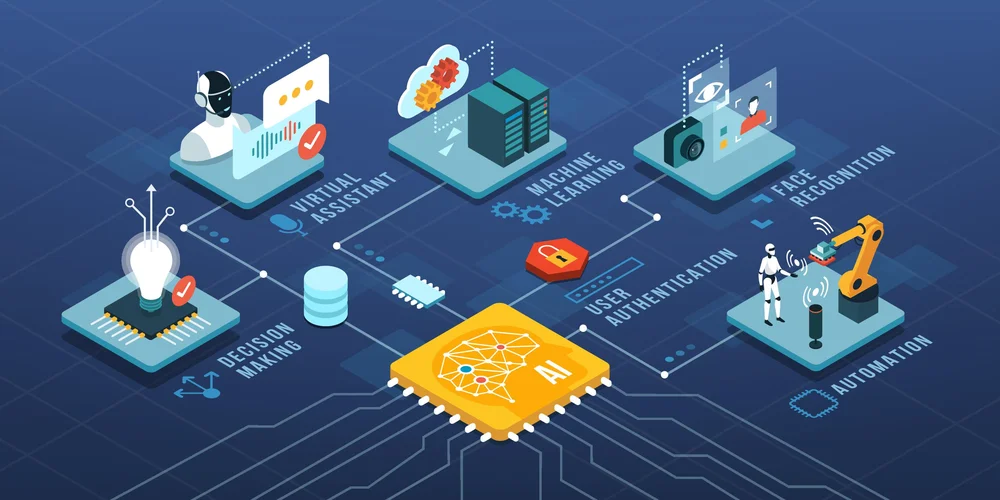
Simulations were first deployed on a large scale for the Manhattan Project. Today, scientific applications include emulating weather patterns, ecosystems, solar activity, tsunamis, and more. Simulations also make predictions in the social sciences, business, and finance realms. And don’t forget the fun applications - virtual reality and CGI (computer-generated imagery). Simulations are increasingly popular in our hypercompetitive business landscape. In future blogs, the need to model and simulate business process problems will be discussed.
References:
De Gelder, L., Ponciano, J. M., Abdo, Z., Joyce, P., Forney, L. J., & Top, E. M. (2004). Combining mathematical models and statistical methods to understand and predict the dynamics of antibiotic-sensitive mutants in a population of resistant bacteria during experimental evolution. Genetics, 168(3), 1131-1144.
Macal, C. M., & North, M. J. (2009, December). Agent-based modeling and simulation. In Proceedings of the 2009 Winter Simulation Conference (WSC) (pp. 86-98). IEEE.
Makroglou, A., Li, J., & Kuang, Y. (2006). Mathematical models and software tools for the glucose-insulin regulatory system and diabetes: an overview. Applied Numerical Mathematics, 56(3-4), 559-573.
Rea, D., Liaw, C. Y., & Chopra, A. K. (1974). Mathematical models for the dynamic analysis of concrete gravity dams. Earthquake Engineering & Structural Dynamics, 3(3), 249-258.
Sugiura, S., Washio, T., Hatano, A., Okada, J., Watanabe, H., & Hisada, T. (2012). Multi-scale simulations of cardiac electrophysiology and mechanics using the University of Tokyo heart simulator. Progress in Biophysics and Molecular Biology, 110(2-3), 380-389.
Taheri, H., & Beitollahi, A. (2015). Monte Carlo simulations of soil amplification functions for site-specific seismic hazard analysis–case study: Tehran, Iran. In Proceedings of the 7th International Conference on Seismology & Earthquake Engineering, 18-21 May 2015. (pp. 299-300). International Institute of Earthquake Engineering and Seismology (IIEES).
Wurtz, E., Mora, L., & Inard, C. (2006). An equation-based simulation environment to investigate fast building simulation. Building and Environment, 41(11), 1571-1583.
Yadati, N., & Narayanam, R. (2011, March). Game theoretic models for social network analysis. In Proceedings of the 20th International Conference Companion on World Wide Web (pp. 291-292). ACM.
